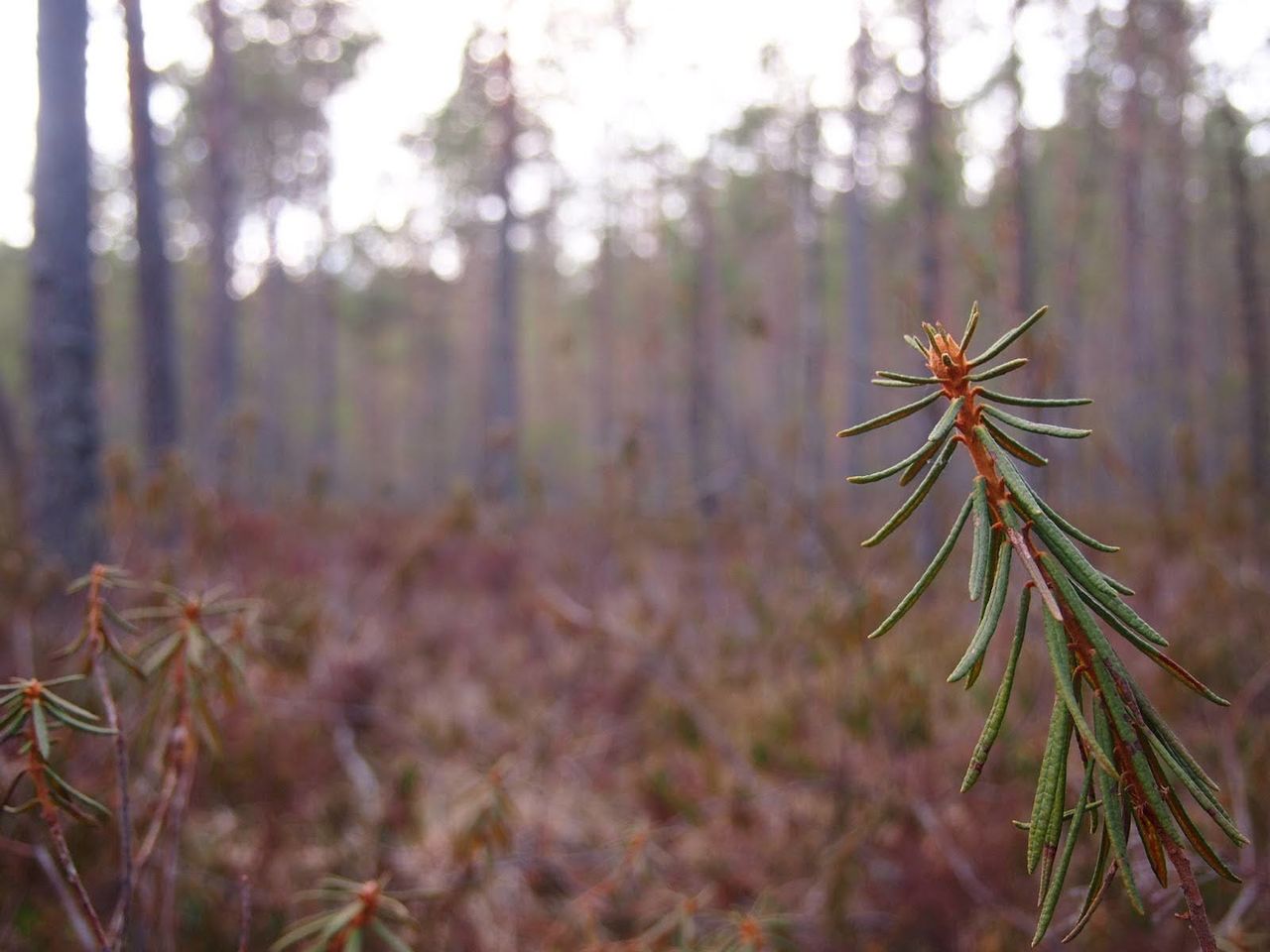What makes nature restorative? Aalto University researchers explore Finnish forests and Japanese gardens

Restorative environments play a vital role in enhancing well-being, especially in urbanising societies—but what makes a natural or designed environment truly restorative? Researchers at Aalto University have tackled this question by comparing the visible and invisible qualities of two culturally distinct green spaces: Finnish forests and Japanese gardens.
While scientific studies often classify restorative environments as either natural or designed, this approach overlooks valuable insights that could emerge from cross-comparisons, particularly between culturally diverse settings. In a recently published review, doctoral candidate Miia Heikkilä and Professor Ranja Hautamäki from Aalto University’s Department of Landscape Architecture address this gap, exploring and comparing restorative attributes of two different environments, Finnish forests and Japanese gardens.
The study identifies visible restorative attributes—such as sensory engagement, opportunities for walking, and aesthetic appeal—as shared characteristics of both environments. However, invisible attributes, such as spirituality and symbolic meanings, are more deeply intertwined with cultural contexts. For instance, biodiversity is a key factor in the restorative power of Finnish forests, while Japanese gardens, particularly rock gardens, often prioritise symbolic design elements over ecological diversity.
Despite these differences, the research also reveals surprising similarities. Both environments foster experiences of tranquility, silence, and connectedness—qualities that support human recovery from stress and enhance overall well-being.
By examining the interplay between the visible and invisible, the study highlights the need for a holistic perspective in understanding and designing restorative environments.‘Visible and invisible qualities are deeply interconnected. Only by considering both can we create spaces that not only enhance well-being but also strengthen the human-nature relationship,’ explains doctoral researcher Miia Heikkilä.
The researchers conclude that this cross-cultural comparison not only broadens our understanding of restorative environments but also provides valuable insights for designing green spaces that respond to both universal and culturally specific needs.
Link to the article: Restorative environmental experiences: uncovering the invisible and visible attributes in Finnish forests and Japanese gardens - a literature review.
Read more news

Your voice gives away valuable personal information, so how do you keep that data safe?
With speech technologies becoming increasingly common, researchers want to make sure we don’t give away more information than we mean to.
Aalto in 2025: Quantum leaps, creative breakthroughs and solutions for a better life
Growth, technology and industrial renewal; human-centred solutions; health and everyday wellbeing; and enjoyable daily life and thriving communities.
Unite! Seed Fund 2026: Call opens on 20 January 2026
Gain an early overview of the Unite! Seed Fund Call of Spring 2026. The call includes three funding lines: Student Activities, Teaching and Learning, and Research and PhD.










